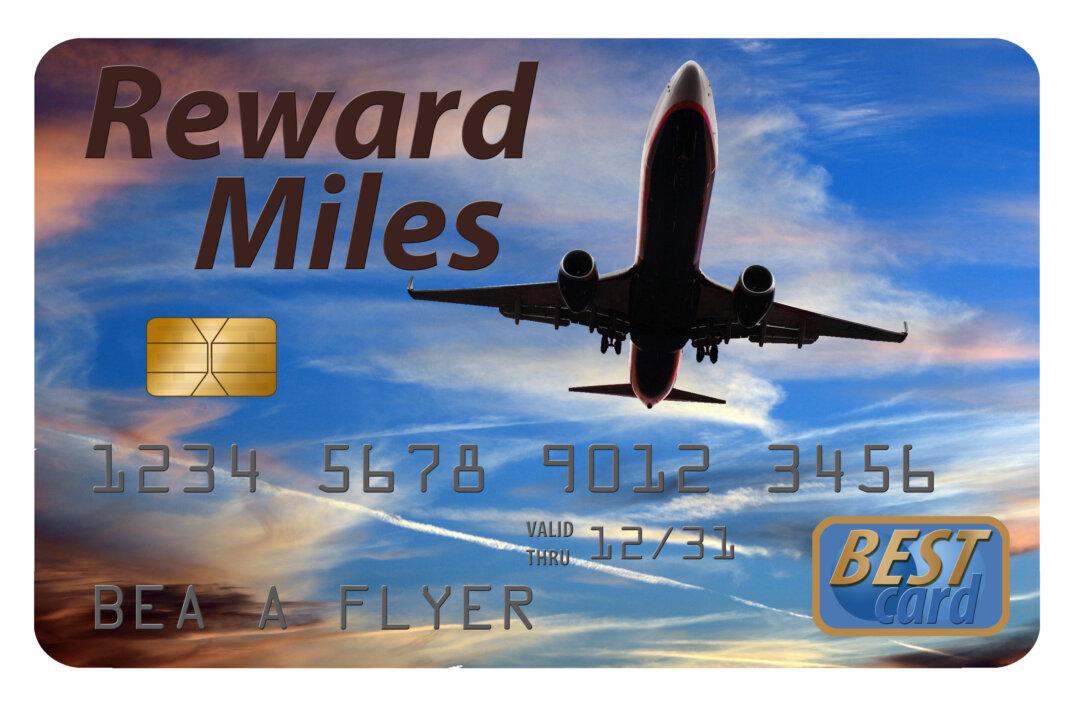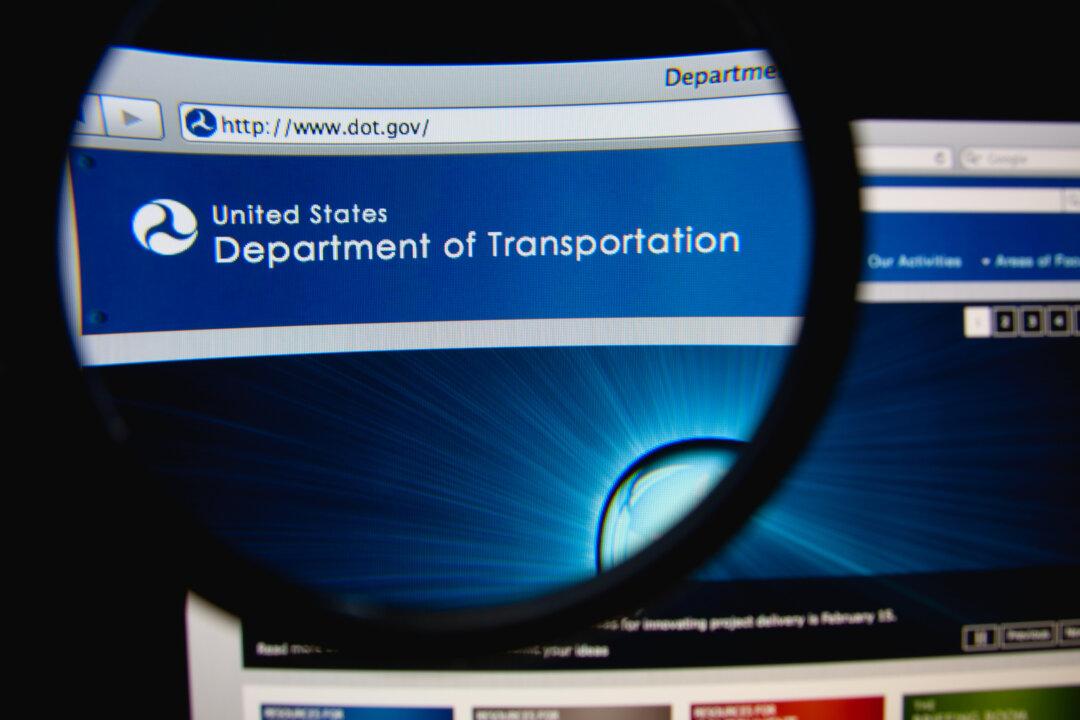Chances are that someone in your past has described some attraction or activity as a tourist trap, along with the suggestion that you avoid it. The good folks at USA Today recently published a list of tourist traps, worldwide, and it got me to thinking: What exactly is a tourist trap, and should you always avoid it?
USA Today based its list on how many times they found “tourist trap,” “overrated,” or “expensive” in 23.2 million Google reviews of the world’s 500 most popular tourist attractions. And that’s a valid way of looking at the question. But I’m not sure I agree completely that you should avoid every tourist trap. Let’s examine the USA Today list to find some examples.
The top tourist trap, worldwide, is the Four Corners Monument in, well, Arizona, Colorado, New Mexico, and Utah. There’s a circular metal plate you can stand on with a quarter-circle in each state—like a pizza cut into four slices. And that’s basically it. Getting there is a schlep: It’s a long way off the main highways. In my book, it’s a true tourist trap: Once you get there, you wonder why you bothered. I'll stay home and take the pizza slice, thank you.
- I know lots of travelers who thoroughly enjoyed a dip in Iceland’s geothermally heated Blue Lagoon. Yes, at times it’s crowded, but the experience is unique.
- I love Dixieland (or “trad”) jazz, and I'll head to Preservation Hall any time I’m in New Orleans.
Old Faithful?
Name me another geyser that puts on such a robust display so regularly. To make the one in Rotorua erupt on schedule, the park rangers have to pour a cup of detergent into it.Stonehenge?
It’s a unique and fascinating relic that can take its place on the short list of early human achievements well preserved.Overpriced is yet another matter. Personally, I find all big theme parks to be overpriced, but that’s clearly a minority opinion. And I believe that the $60 adult ticket price for the Monterey Bay Aquarium is stiff but justified by the great display. Overpricing depends on the visitors’ perceptions of value received, and the only true cases of overpricing are those in which the experience for just about everybody is a waste of money.
Beyond the USA Today report, I know a lot of places folks have called tourist traps—many of them justifiably. But being over-popular doesn’t make them tourist traps. My top example of a “tourist trap” that I love is Venice. Yes, the throngs of cruise visitors inundate the centers. And, yes, the hotels and restaurants tend to be expensive. And you sometimes think it has become an urban theme park. Nevertheless, there is a unique charm to this historic center that, at least to me, warrants the effort to fight the crowds. And that’s clearly not a minority opinion.
So my takeaway is that neither popularity—even over-popularity—nor stiff price makes a tourist trap. What makes a true tourist trap is expressed by Gertrude Stein’s classic “there is no there there,” when after you get there you ask yourself what the fuss is all about. Even crowded and expensive shouldn’t stop you from going someplace that really offers you what you consider a great experience.






